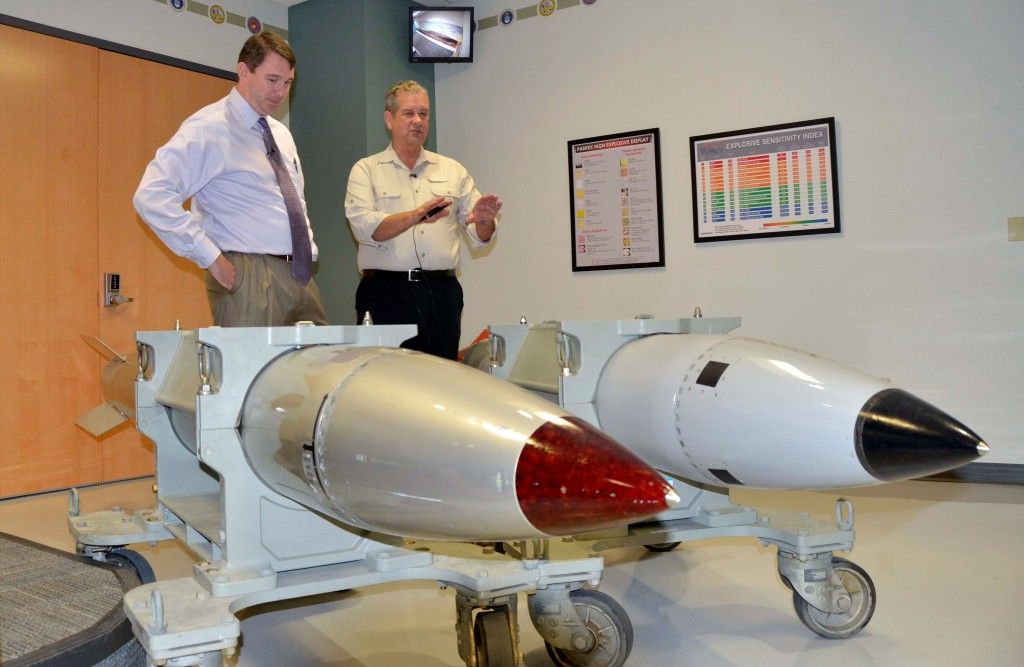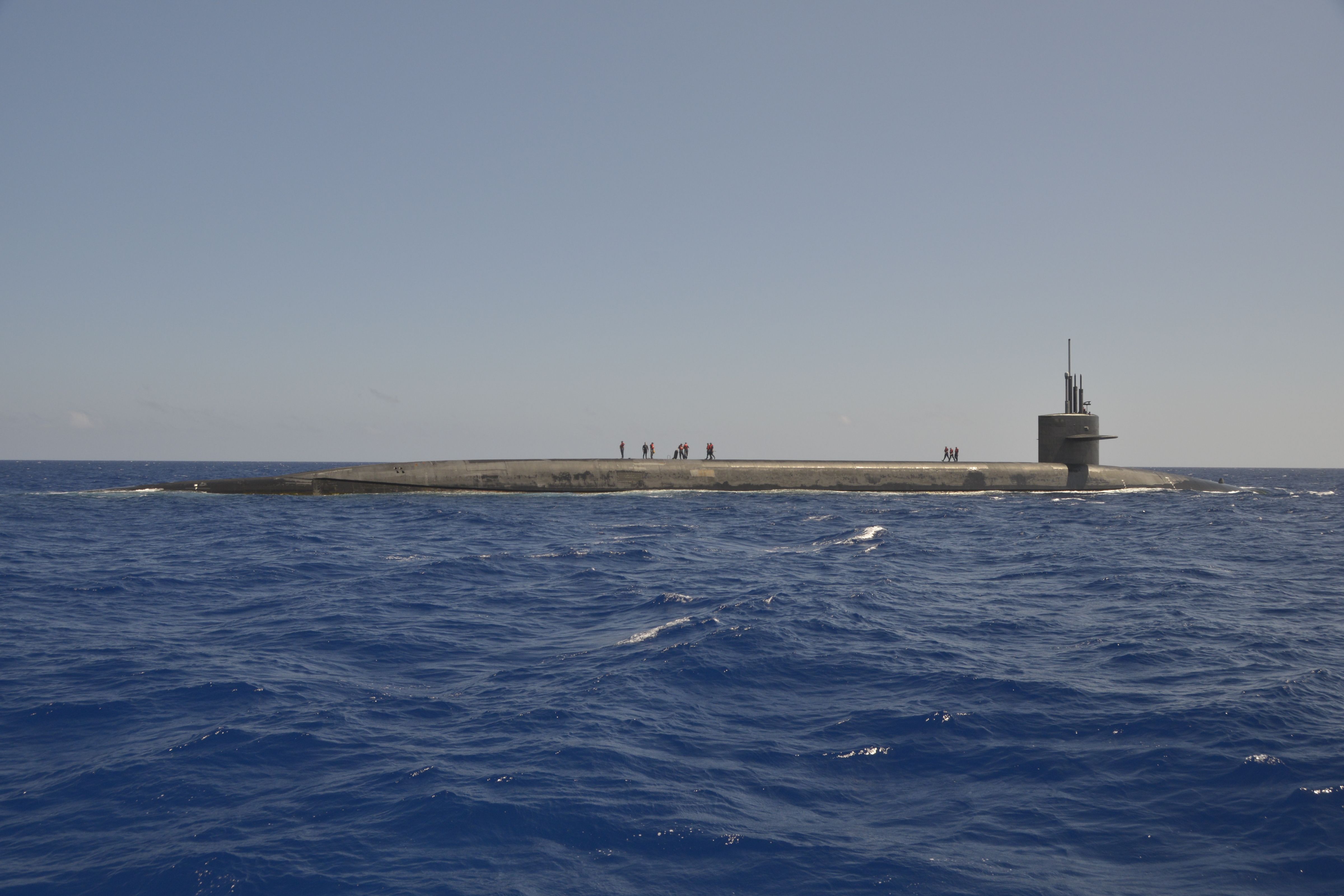The collapse of the former Soviet Union some 25 years ago marked the end the Cold War and a halt to the nuclear arms race that characterized it. Terms like Mutually Assured Destruction, nuclear winter, and fallout shelter now may seem part of the distant past to those old enough to have lived through their popular use and totally unknown to today's high school and even college students. But nuclear weapons are not gone. A vast stockpile is still in the US arsenal, and its components have become outdated and perhaps unreliable.
Despite a public pledge not to build new nuclear weapons, the Obama administration has committed billions to modernizing some of these aging bombs, increasing their reliability and accuracy and extending their usable lifespan.
In a multi-part series looking at efforts currently underway to update the US nuclear arsenal (Resource 2), Pulitzer Center journalists Jamie McIntyre and Dan Sagalyn have reported on an issue with deep implications for the US national security and its economy, but no easy answers and too little public awareness.
Watch the video (Resource 1) and answer the three accompanying questions.
In this lesson, students will watch a 9-minute video and answer questions that will demonstrate their comprehension of its presentation of the complex problem of nuclear weapons, a story that has largely faded from public discussion but is still critically relevant.



